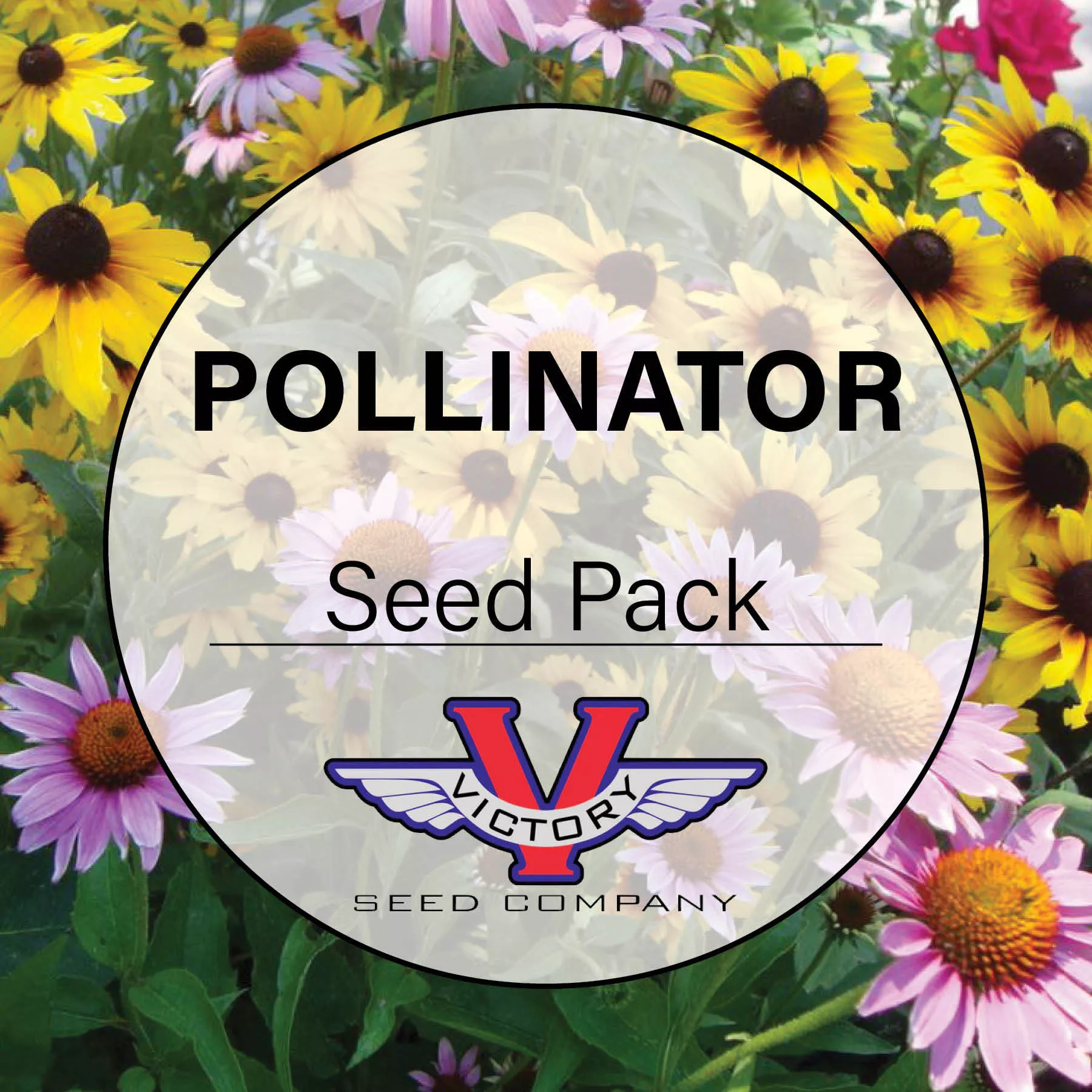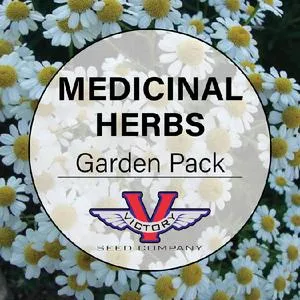Pollinators Garden Pack
Price: $30.00
SKU: 30096191Ships for Free!
All the flowers in this collection are loved by pollinators!
Place a single order for this item and you will get one packet of each of the items shown below at an overall discount. If you prefer, you can order them individually one by one, by clicking on each item in the list.
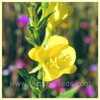 Primrose, Common Evening
Primrose, Common Evening
Sunny-loving, tall yellow blooms flourish all summer, ideal for zones 4-8.
 Zinnia, State Fair Mix
Zinnia, State Fair Mix
Blooms are pink, red, orange, yellow, and white.
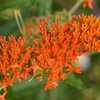 Butterfly Milkweed
Butterfly Milkweed
Bright orange blooms attract butterflies and thrive in sunny, well-drained gardens.
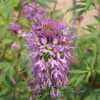 Rocky Mountain Beeplant
Rocky Mountain Beeplant
Native to parts of North American; White to pink to lavender flowers. Will grow twelve to forty-eight inches tall.
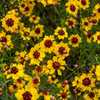 Plains Coreopsis
Plains Coreopsis
Masses of flowers, ranging in color from deep red and bronze to bright yellow with red centers.
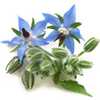 Borage
Borage
Native to Europe and North Africa, this annual boasts blue, star-shaped, bee-attracting flowers.
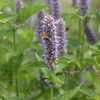 Anise Hyssop (Agastache)
Anise Hyssop (Agastache)
Fragrant perennial with mint-licorice scent, perfect for pollinator gardens, attracting bees effortlessly.
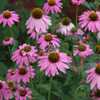 Echinacea - Purple Coneflower
Echinacea - Purple Coneflower
Hardy perennial thriving in full sun, known for medicinal uses and vibrant summer blooms.
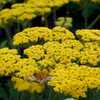 Yarrow, Gold
Yarrow, Gold
Hardy perennial with golden-yellow blooms, fragrant foliage, and attracts pollinators; perfect for arrangements.
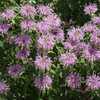 Wild Bergamot (Bee Balm)
Wild Bergamot (Bee Balm)
Native perennial with mint-scented leaves, loved by pollinators.
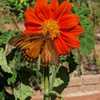 Mexican Sunflower
Mexican Sunflower
Bright orange flowers that are four inches wide. Attractive to pollinators.
All the flowers in this collection are loved by pollinators!
Place a single order for this item and you will get one packet of each of the items shown below at an overall discount. If you prefer, you can order them individually one by one, by clicking on each item in the list.
 Primrose, Common Evening
Primrose, Common EveningSunny-loving, tall yellow blooms flourish all summer, ideal for zones 4-8.
 Zinnia, State Fair Mix
Zinnia, State Fair MixBlooms are pink, red, orange, yellow, and white.
 Butterfly Milkweed
Butterfly MilkweedBright orange blooms attract butterflies and thrive in sunny, well-drained gardens.
 Rocky Mountain Beeplant
Rocky Mountain BeeplantNative to parts of North American; White to pink to lavender flowers. Will grow twelve to forty-eight inches tall.
 Plains Coreopsis
Plains CoreopsisMasses of flowers, ranging in color from deep red and bronze to bright yellow with red centers.
 Borage
BorageNative to Europe and North Africa, this annual boasts blue, star-shaped, bee-attracting flowers.
 Anise Hyssop (Agastache)
Anise Hyssop (Agastache)Fragrant perennial with mint-licorice scent, perfect for pollinator gardens, attracting bees effortlessly.
 Echinacea - Purple Coneflower
Echinacea - Purple ConeflowerHardy perennial thriving in full sun, known for medicinal uses and vibrant summer blooms.
 Yarrow, Gold
Yarrow, GoldHardy perennial with golden-yellow blooms, fragrant foliage, and attracts pollinators; perfect for arrangements.
 Wild Bergamot (Bee Balm)
Wild Bergamot (Bee Balm)Native perennial with mint-scented leaves, loved by pollinators.
 Mexican Sunflower
Mexican SunflowerBright orange flowers that are four inches wide. Attractive to pollinators.
Customer Reviews:
Do you have experience with this one? 📝 📣 Write a review!
No reviews have been posted yet.

